Land Rover Defender finally drives electric with new plug-in hybrid
Land Rover Defender Hybrid, the first plug-in electric version, is equal parts luxury urban car and mud-wrangling hero
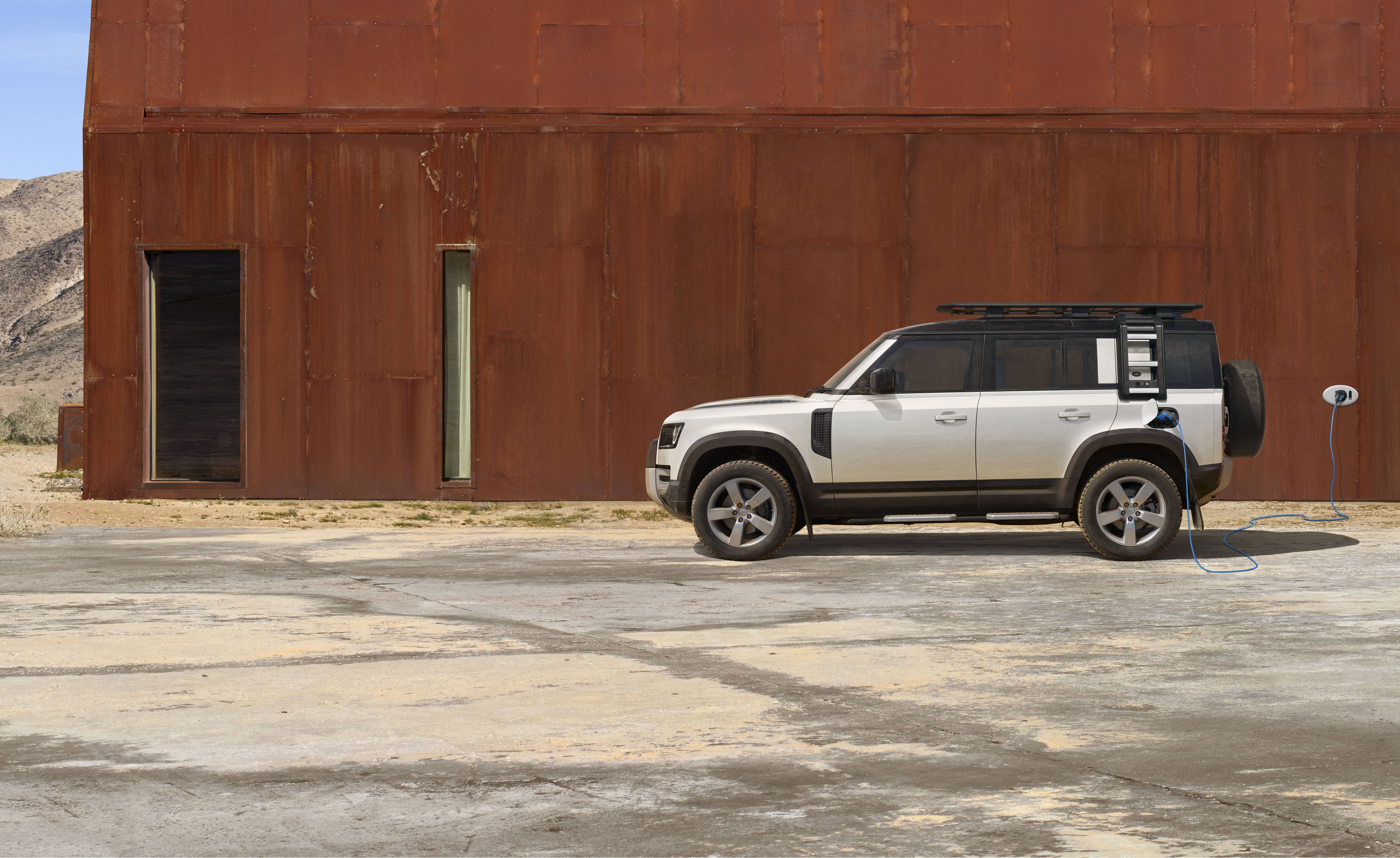
Two years after the new Land Rover Defender finally launched, the brand has taken the wraps off the Land Rover Defender Hybrid, the first plug-in electric model in the vehicle’s history. The road to the renewed Defender was unexpectedly bumpy, as we explained in our review of the 2019 model. At the heart of the Defender’s journey to production was the debate as to what this car actually is and who it is for.
Although Land Rover bakes in more off-road ability than almost any other car maker, it is arguably building elegant, upmarket machines for customers who are usually several acres short of being landed gentry. The original Land Rover, launched in 1948, was certainly no aristocratic plaything or symbol of upward mobility. Instead, it was a noble attempt to parley wartime shortages and surpluses (in this case a surfeit of aluminium) into a utilitarian machine that could just as easily pull a plough across a field as it could scramble across urban bombsites.

Up until its demise, due to failing emissions and crash-test legislation for key markets like the US, the original Defender remained a stoic beast of burden, used commercially around the world for everything from firefighting to search and rescue. Towards the end of this long, long life, the model started to acquire some urban cachet, representing the authentic and fashionable connection between functionalism and design purity. And so it remained until the bitter end, leaving a legacy that Land Rover has been strangely reluctant to continue.
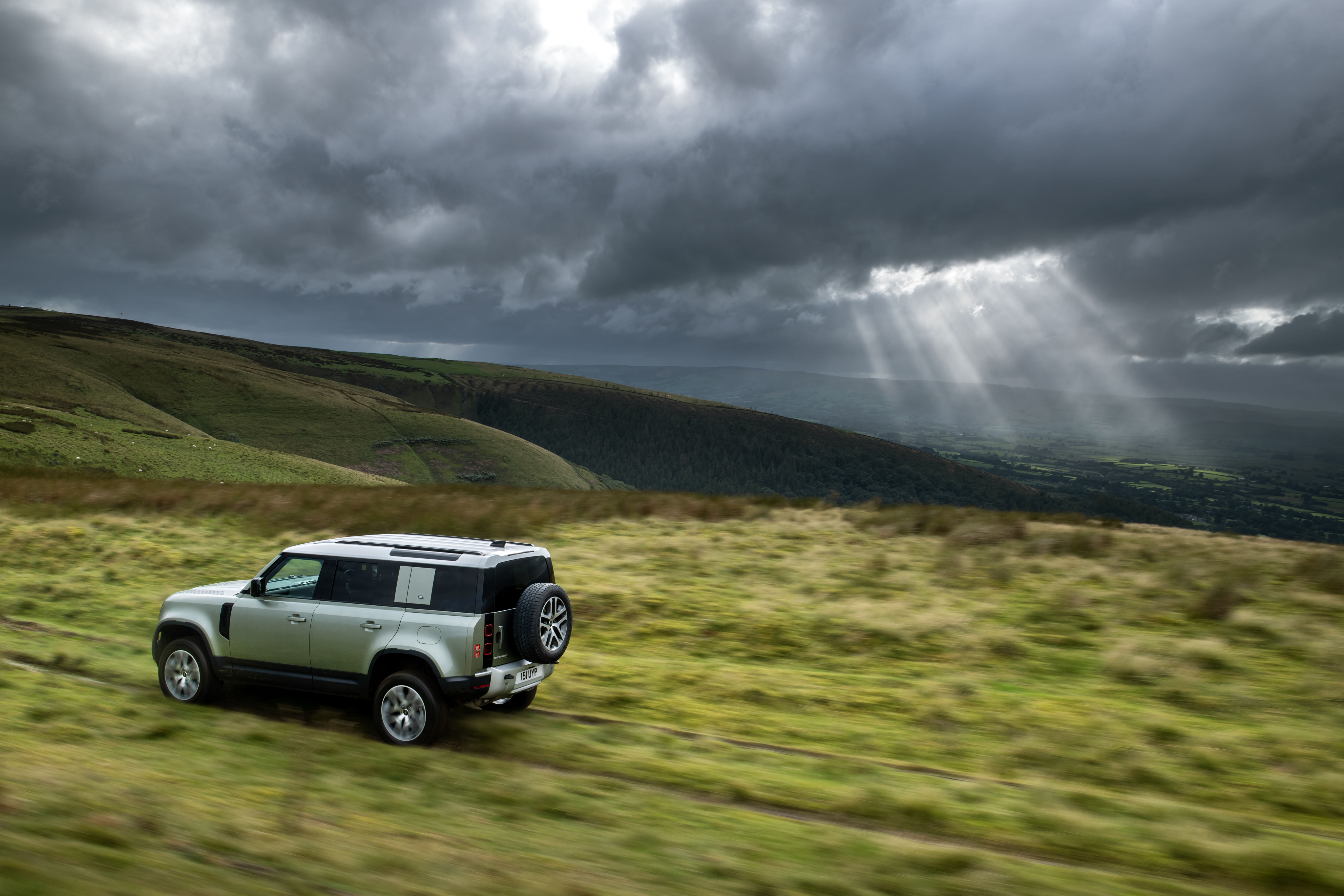
In 2011, the company showed the DC100 concept, a chunky, almost parodic take on the chamfered edges and blunt ends of the original. Ultimately, it was deemed too small and not appealing enough to sate the bitter mix of hardcore fans and potential new customers. The market has moved on and today’s utility vehicle owner is markedly more unlikely to use their cars for actual utility; the selling point is the ability.
So instead of a smaller, cheaper Land Rover, the machinations of global economics and evolving consumer demand meant the company had little choice but to take Defender upmarket and aim high.
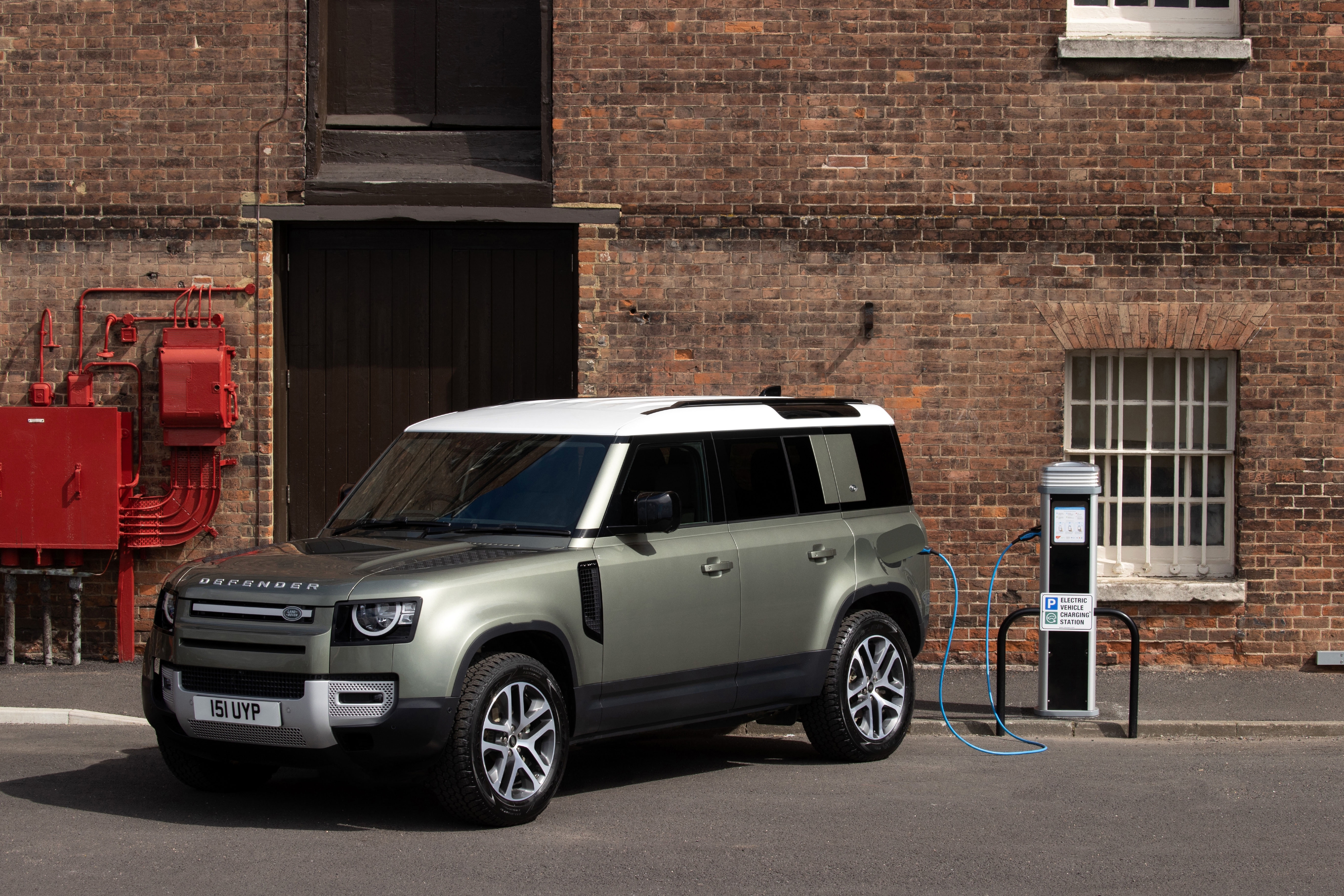
This was what led to the new Defender, a much, much larger and more authoritative machine than the DC100 ever was, let alone the original. There are some clear aesthetic alliances between the new and the old, but although the new car makes concessions to function (an open oddments tray on the dashboard, the barn door-style tailgate bearing the spare tyre, and a host of racks, rails and storage options available as accessory packs), it is very, very far from being basic.
Some elements, like the roof-mounted glass panels at the rear, are in the spirit of the original but barely share their functionality, the panels in question being so deep they resemble gothic vaults, not rooflights. Stylistically, this car owes more to the LR3 and LR4 generations of the Land Rover Discovery, a cultishy blocky design that ran from 2004 to 2016, and was much missed by enthusiasts when it was swapped out for the third generation L462 Discovery in 2017.
Wallpaper* Newsletter
Receive our daily digest of inspiration, escapism and design stories from around the world direct to your inbox.

As a plug-in hybrid, the Defender loses none of its capability, whether mud-wrangling or wading. Available in long wheelbase 110 format only, it seats five and can be operated in pure electric mode, with a fast-charging mode allowing you to dodge the fuel pump for as long as possible. It’s reasonably fast and agile, given its size, and far more refined than any car bearing the Defender name has ever been before.
Land Rover has made peace with the idea of losing its status as a maker of go-anywhere cars for anyone. The new Defender is not a humble utility vehicle, but a luxury car that’s been pared back to very comfortable ‘basics’. Throw in the availability of electric drive, and you have a car that ticks all the boxes of the modern buyer.
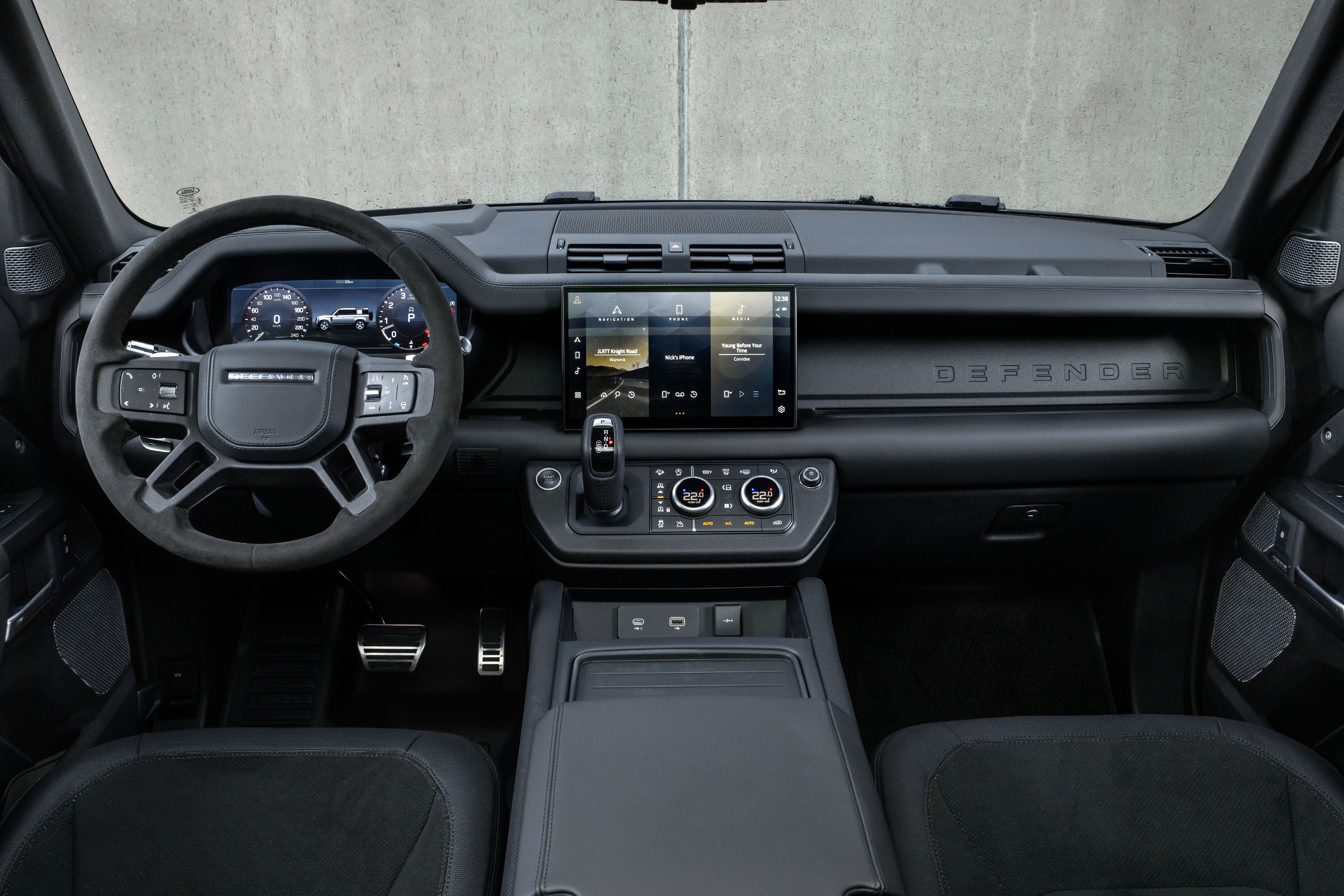
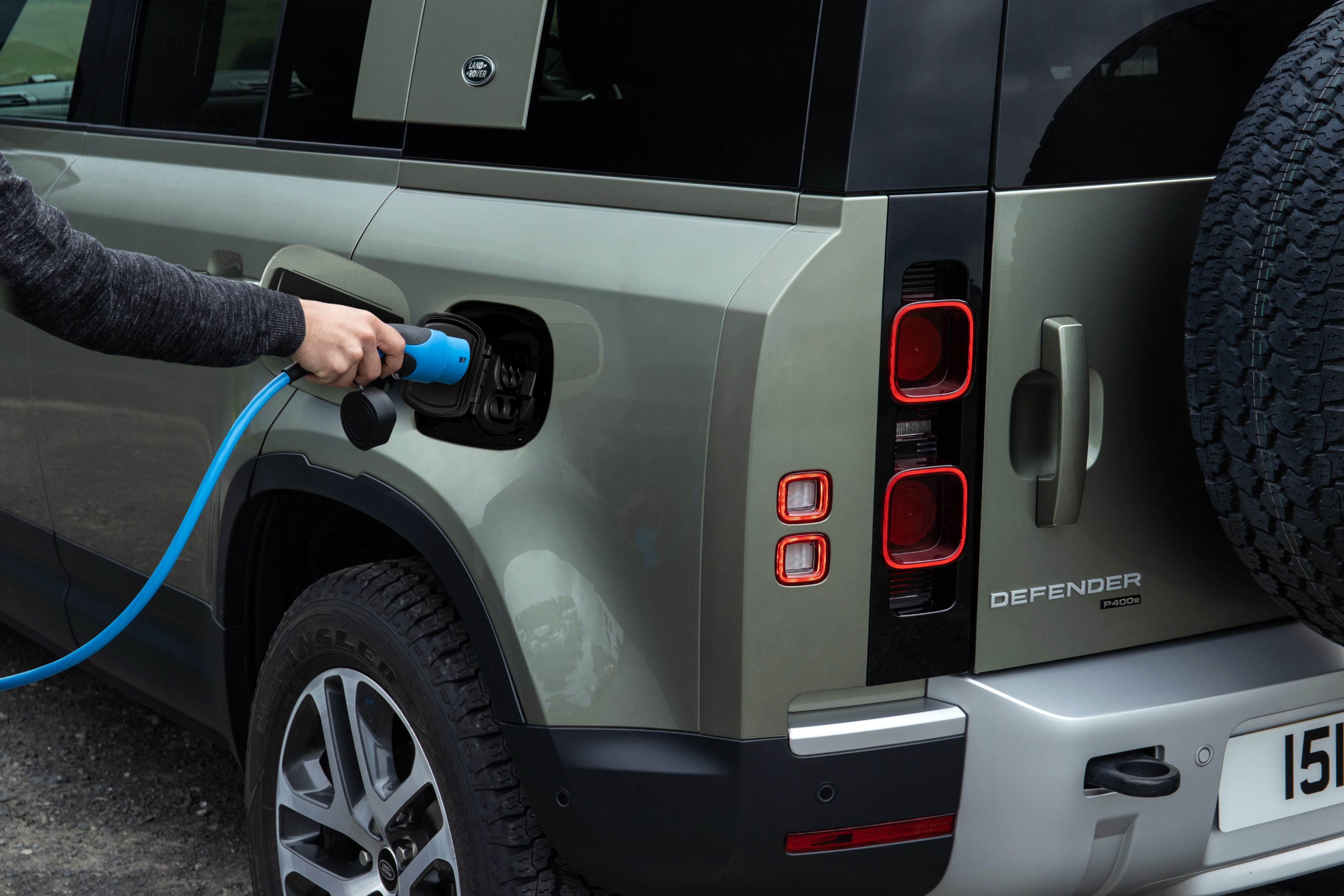
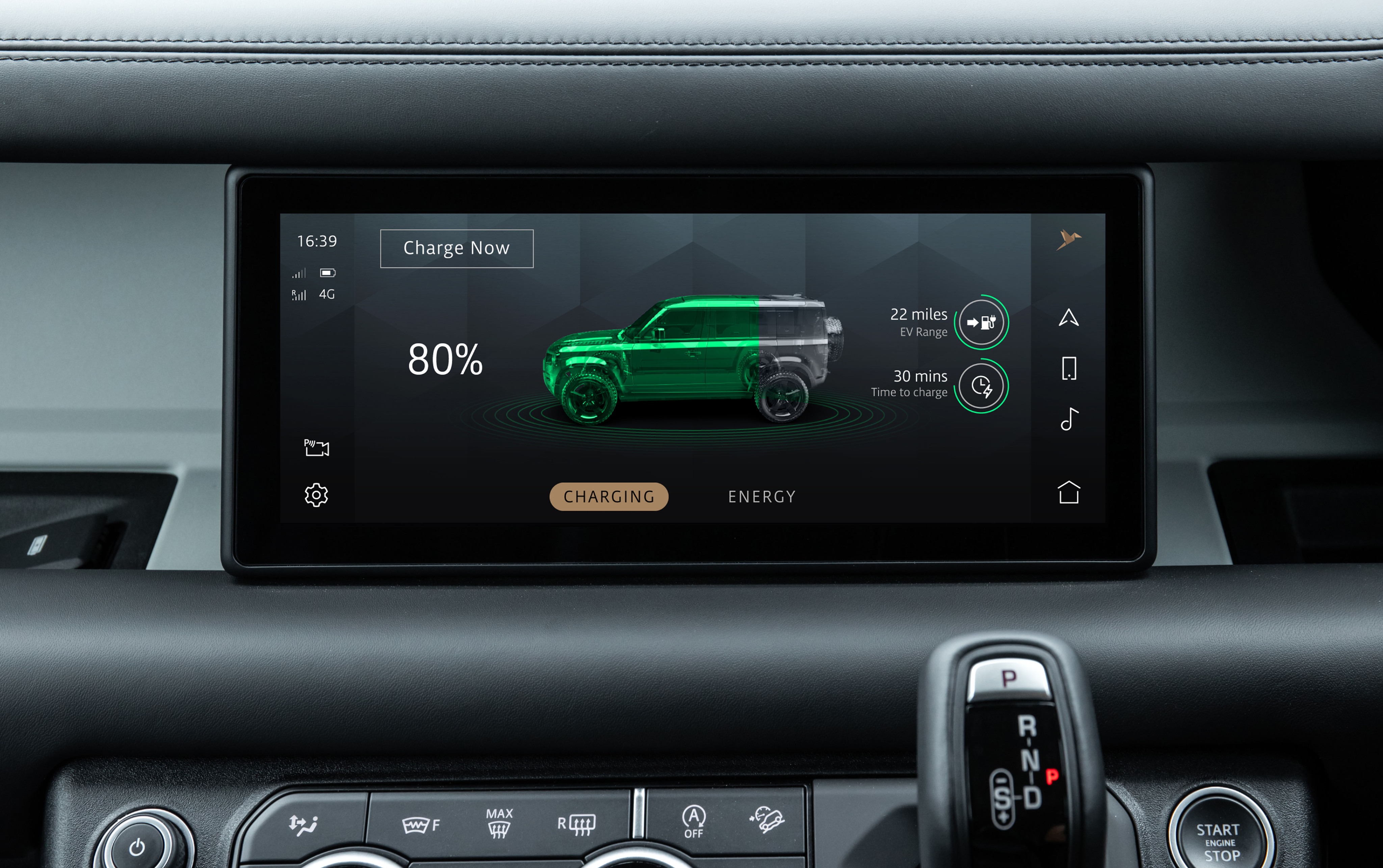
INFORMATION
Land Rover Defender 110 P400e, from £65,915
Jonathan Bell has written for Wallpaper* magazine since 1999, covering everything from architecture and transport design to books, tech and graphic design. He is now the magazine’s Transport and Technology Editor. Jonathan has written and edited 15 books, including Concept Car Design, 21st Century House, and The New Modern House. He is also the host of Wallpaper’s first podcast.
-
 All-In is the Paris-based label making full-force fashion for main character dressing
All-In is the Paris-based label making full-force fashion for main character dressingPart of our monthly Uprising series, Wallpaper* meets Benjamin Barron and Bror August Vestbø of All-In, the LVMH Prize-nominated label which bases its collections on a riotous cast of characters – real and imagined
By Orla Brennan
-
 Maserati joins forces with Giorgetti for a turbo-charged relationship
Maserati joins forces with Giorgetti for a turbo-charged relationshipAnnouncing their marriage during Milan Design Week, the brands unveiled a collection, a car and a long term commitment
By Hugo Macdonald
-
 Through an innovative new training program, Poltrona Frau aims to safeguard Italian craft
Through an innovative new training program, Poltrona Frau aims to safeguard Italian craftThe heritage furniture manufacturer is training a new generation of leather artisans
By Cristina Kiran Piotti
-
 Are these the most luxurious Land Rovers ever? Welcome to the refined world of Helderburg
Are these the most luxurious Land Rovers ever? Welcome to the refined world of HelderburgEast Coast Land Rover specialists Helderburg are committed to the very best, transforming the classic British utility vehicle into bespoke individual creations
By Jonathan Bell
-
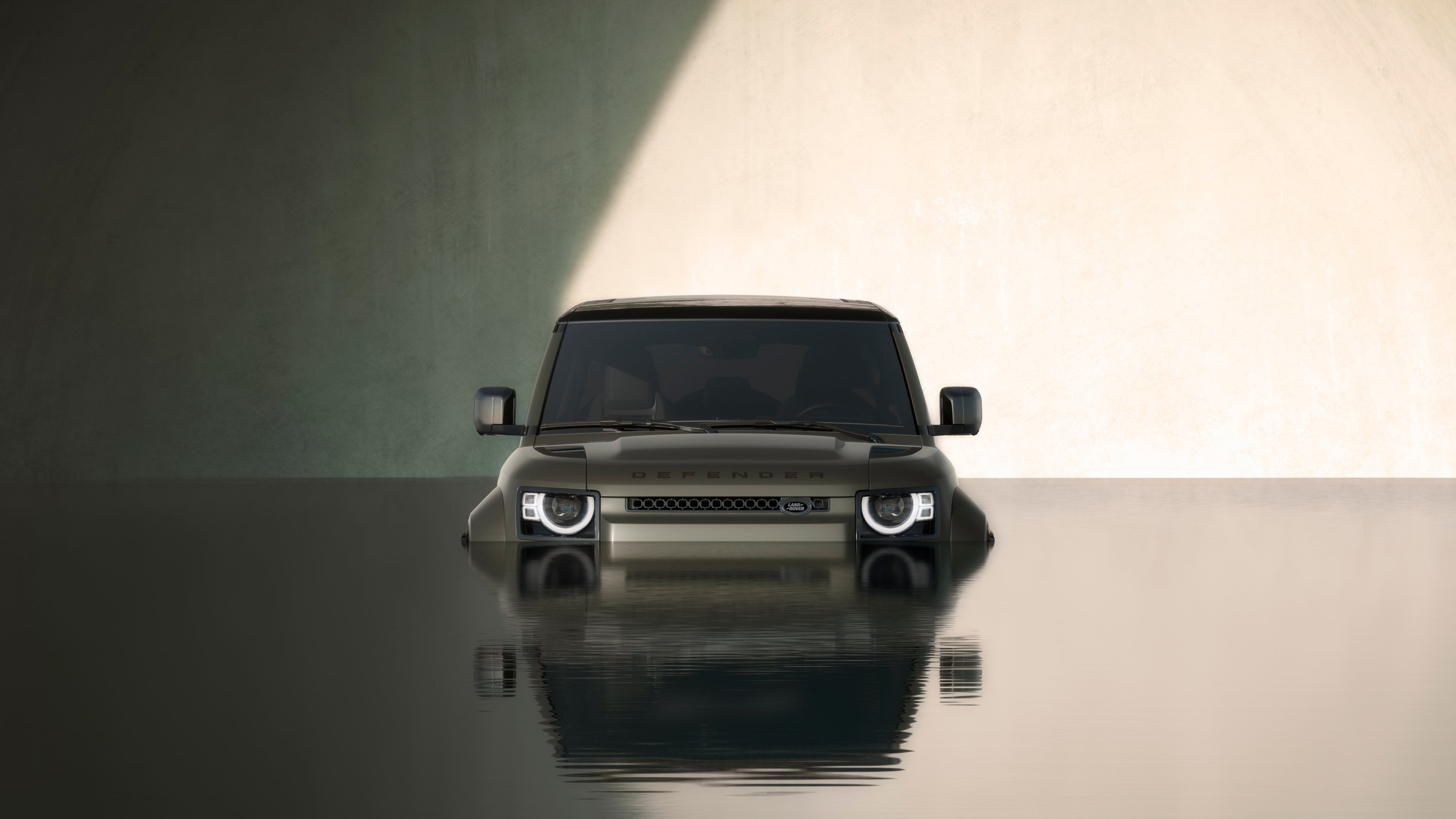 The 2024 Goodwood Festival of Speed hosted a wealth of auto innovation, from hypercars to hot hatches
The 2024 Goodwood Festival of Speed hosted a wealth of auto innovation, from hypercars to hot hatchesThe best new SUVs, EVs, hatchbacks and supercars to emerge from the 2024 Goodwood Festival of Speed
By Jonathan Bell
-
 British sports car builder Caterham teams up with the RAF to create this bespoke machine
British sports car builder Caterham teams up with the RAF to create this bespoke machineHelicopter parts are repurposed for the bodywork of this Caterham Seven 360R, built in collaboration with RAF Benson
By Jonathan Bell
-
 Land Rover’s robust and enduring Defender is still a platform for automotive creativity
Land Rover’s robust and enduring Defender is still a platform for automotive creativityThe iconic Land Rover Defender will never die out; here’s our guide to the world’s best specialists providing restorations and restomods of this British design classic
By Jonathan Bell
-
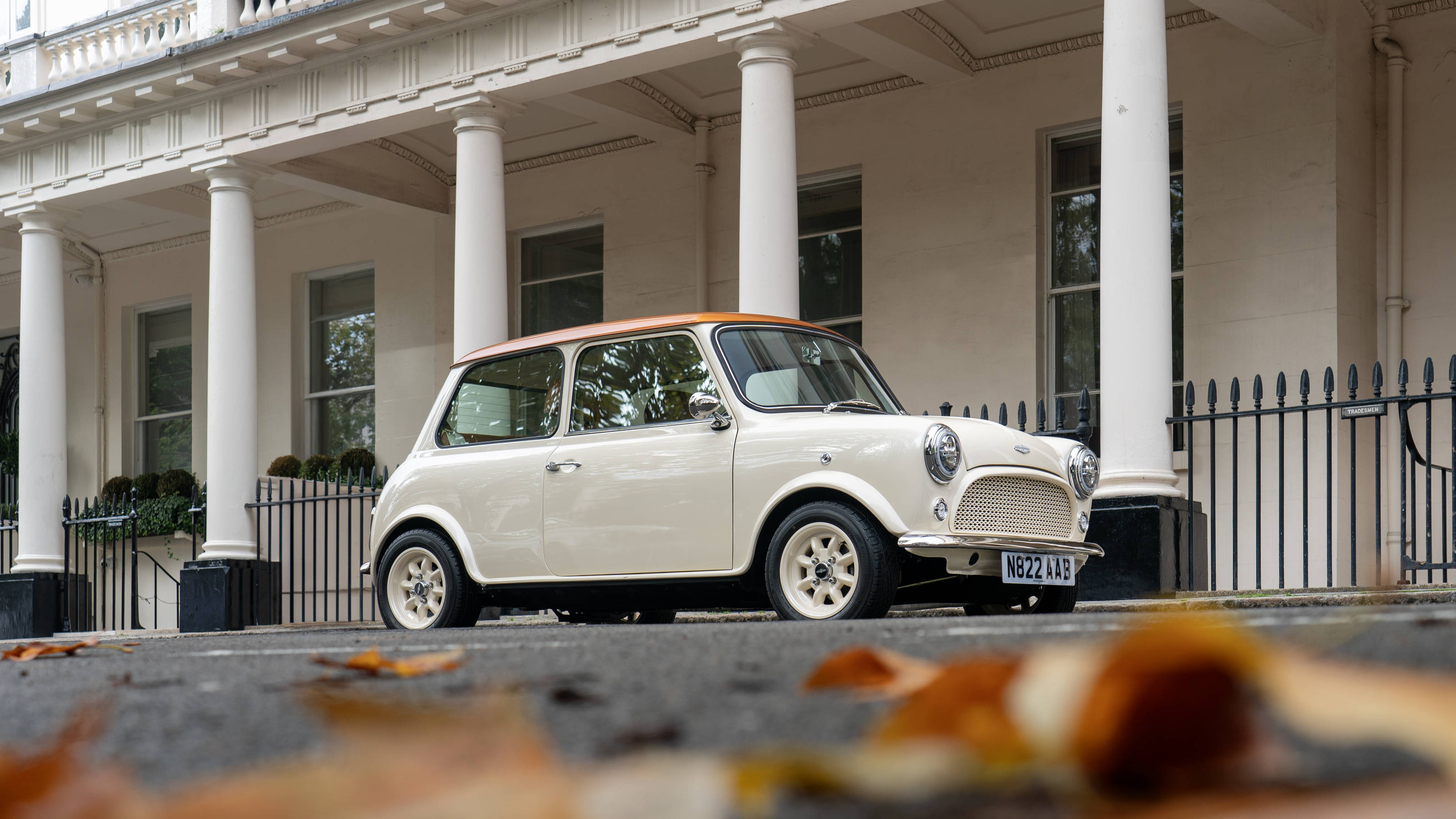 David Brown Automotive transforms original Mini into a high-end, high-spec EV
David Brown Automotive transforms original Mini into a high-end, high-spec EVThe DBA Mini eMastered: luxury motoring is rarely so altruistic and joyful
By Jonathan Bell
-
 Inverted transforms Range Rover Classic into an eccentric and luxurious EV
Inverted transforms Range Rover Classic into an eccentric and luxurious EVThe electric restomod portfolio expands with a high-performance take on an old Range Rover, courtesy of Inverted’s Tesla transplant and bespoke interior
By Jonathan Bell
-
 Everrati announces a transformed, all-electric Range Rover Classic and Land Rover Defender
Everrati announces a transformed, all-electric Range Rover Classic and Land Rover DefenderBritish company Everrati now transforms the iconic Range Rover Classic and Land Rover Defender into high-end, go-anywhere electric vehicles
By Jonathan Bell
-
 Peugeot’s sparky 308 gets hybrid power and handsome lines
Peugeot’s sparky 308 gets hybrid power and handsome linesThe Peugeot 308 proves that mass-market design needn’t be dull, blending hybrid power with sharp lines and excellent detailing
By Jonathan Bell